Geographical Index > United States > South Carolina > York County > Report # 74674
(Class B)
Submitted by witness Joshua Coppen on Tuesday, July 5, 2022.
TODAY: Wood knocks reported by professional forester 19 miles southwest of Charlotte NC
(Show Printer-friendly Version)
YEAR: 2022
SEASON: Summer MONTH: July DATE: 5 STATE: South Carolina COUNTY: York County LOCATION DETAILS: [Investigator (MM) notes:
He drove into powerline cut from Daimler Blvd. and parked roughly here:
35.059436, -81.117703
He walked along the treeline toward the west along south edge of powerline cut. At one point he noticed a large oval bedding depression in grass, 3-5 feet from tree line, with noticeable foul smell around it. That is roughly here:
35.059207, -81.121335
As he was walking back toward his work truck from the bedding depression spot he heard the first knocks (four rapid knocks) from the woods on the south side of the cut, in the rough direction of Daimler. His rough guess of where first knocks came from:
35.059099, -81.117416
Shortly after that there were reply knocks coming from within the woods on the north side of the cut, opposite from where first knocks came from. His rough guess for where second knocks came from:
35.060552, -81.117969
NEAREST TOWN: Clover NEAREST ROAD: Daimler Blvd OBSERVED: I was walking in the [power line cut] near Daimler Blvd. At around 2:00 PM today I heard loud knocking sounds come from [both sides of cut]. It didnít sound mechanical but like wood on wood. Each time I heard one I would then hear another as if in response. ALSO NOTICED: An area where a large animal had beaded down and a very intense smell. OTHER WITNESSES: None. OTHER STORIES: No. TIME AND CONDITIONS: This occurred at around 2:00 PM and it was hot and sunny out. ENVIRONMENT: Creek bottom [Allison Creek] near Daimler Blvd.
Follow-up investigation report by BFRO Investigator Matthew Moneymaker:
.
THERE IS POTENTIAL FOR DRONE FOOTAGE AT THIS SPOT !!!
The witness is Joshua Coppen. He is a degreed contract forester currently working for Duke Energy to manage the landscaping needs of their lengthy powerline easements.
He drives along powerline cuts in forests all day. His employment definitely puts him in the right place to notice odd animal activity and sounds near powerline cuts.
He said the knocks today were heavy, homerun knocks. They were definitely not woodpeckers. They were not mechanical. They were wood on wood. He is very familiar with common forest sounds.
There are no homes for well over a mile away.
The knocks carried on for a little while. That allowed him to focus on them. He is certain the knocks were signaling and then responding from across the clear cut strip.
__________________________________________
There is a correlation between bigfoot/sasquatch sightings and powerline cuts (easements). It is one of a few repeated patterns suggesting some favored travel routes. Other patterns involve abandonned railroad beds and major hiking trails like the Appalachian Trail.
The pattern of powerline correlation occurs here there all over, from Florida to British Columbia. It is well established scientifically with other species like deer and wolves and mountain lions.
Why powerline cuts?
Probably because deer and other prey species follow these open pathways and forage in them. These long wide strips become grassy, bushy meadows once trees are removed. There is more food for deer in meadow plants compared to forest duff under shaded canopy.
Not surprisingly, powerline cuts also provide choice spots for hunters to set up deer stands for the Fall hunting season. Grazing, wandering deer can be observed and shot from a greater distance compared to surrounding forest. But that happens only in daylight for a few weeks in Fall.
At night deer tend to feel safer out in the open. A deer herd will gather in the middle of a big open meadow if possible, where it's much harder to sneak up to them, compared to being among the trees in the dark. Deer will move back into the trees in the morning at some point when they get hot from the direct sun.
Powerline cuts provide very good places for predators to lay in wait for passing deer. The area where the depression and bedding was found would be perfect spot for a predator to bed down, requiring only a minimum effort to peek out of the depression to see if anything is moving along the open cut.
Also on that little rise above the creek the spot has a great view of anything following the creek (Allison Creek), and running water very close by ... even if it means slipping back into the treeline to come down to the creek invisibly among thick trees.
Joshua didn't photograph the depression he described. He heard the knocks after walking away from it and he wasn't otherwise accustomed to photographing what might have been just an extra large deer bed (... in a large shallow depression that may have been dug out ... at a strategic viewpoint ...).
He says the grass is compressed as if something large is sleeping there regularly.
Assumably this won't be hard to find, using the GPS coordinates provided above, and the photo below with the red circle.
Joshua describes the grassy bedding depression as "egg shaped with the top of the egg pointing toward the woods".
He said the diameter is wider than human height. It is also larger than a typical deer bed. He sees those all the time and says this is different. There's also a very pungent unfamiliar odor around it.
I'm not recommending this but in case you decide you want a buddy to take a photo of you laying in this large grassy bedding spot, to show it's size, then you should be well camouflaged and only belly crawl into it from the treeline ... the same way a bigfoot would do. Remain invisibe from view from a distance.
The "bed" is exposed to the sky. The closest edge of it is 3-5 feet from the treeline according to Joshua.
It is potenitally a perfect situation for a drone to record a bigfoot or two laying in an ambush bedding spot. The fizzling hum of the powerlines above should nicely mask the buzz of the drone.
The drone operator might easily sabotage his own effort by being too cavalier and incautious. Doing this properly will required parking off Hwy 49 a distance away from the powerline cut and approaching very quietly on foot to a perch within the trees on the edge of the cut. Do not be exposed to view by something(s) that may be watching the road and the creek and the whole open strip continuously. Being totally stealthy is your only chance to catch some bigfoots off guard laying in the bedding spot, from which they can crawl quickly back into the woods unseen if spooked by your approach.
The image below was taken by Joshua today. He had pulled off Highway 49 under the powerlines and was looking east in the direction of Daimler. In the foreground is Allison Creek as it passes under the powerlines. In the photo he drew a red line roughly showing where the bedding spot is located from that angle.
It should be easy to fly a drone from the treeline directly opposite the red circled area. Fly it just across the cut to look for a noticeable bedding spot in the grass near the edge. Find the bed and see if it's occupied.
Summary of pointers for a quickie drone effort there:
1) Park along Hwy 49 a distance from powerlines so your car won't be heard stopping, nor your door closing, etc.
2) Walk toward the powerlines quietly from inside the treeline, or at least well out of view from anything that my be keeping an eye on the open strip.
3) The drone should be launched from the edge of your cover. Don't come too far out in the open to set up the drone for takeoff. The drone won't need to fly very far but obviously avoid the power lines and towers.
It is tough to guess what time of day the bigfoots would most likely be using that bedding spot. If the weather was very cold then bigfoots will want to lay in the bedding in the morning to warm up in the sun. People have seen them laying in sunlight on rock ledges in winter.
Laying down at this spot they would be out of view from the highway below, but they'd still be able to see anyting coming from either direction in the powerline cut. It is especially important to be very slow and quiet and careful if you will make multiple attempts there.
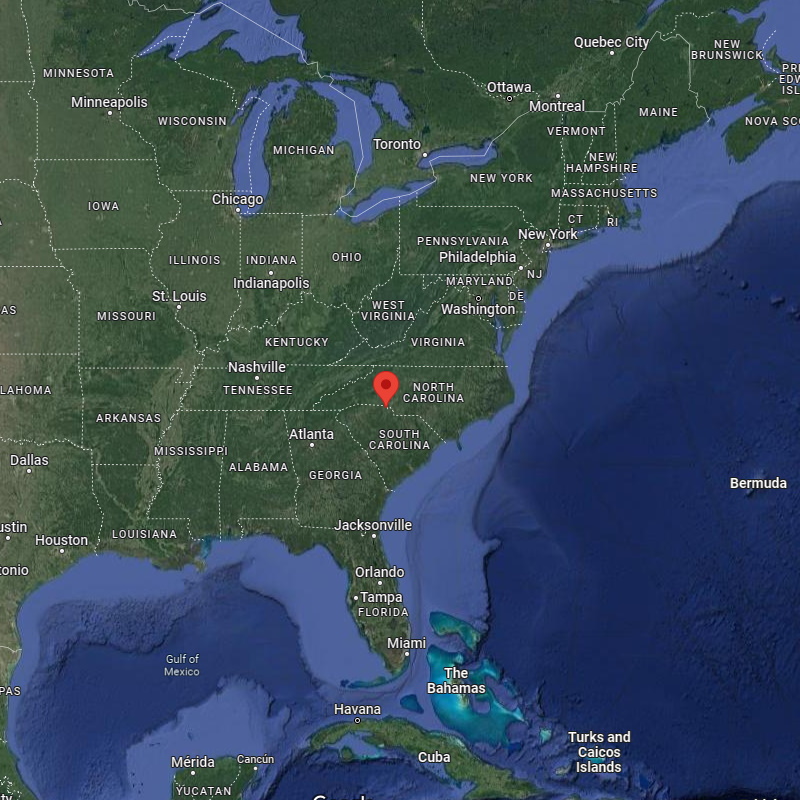
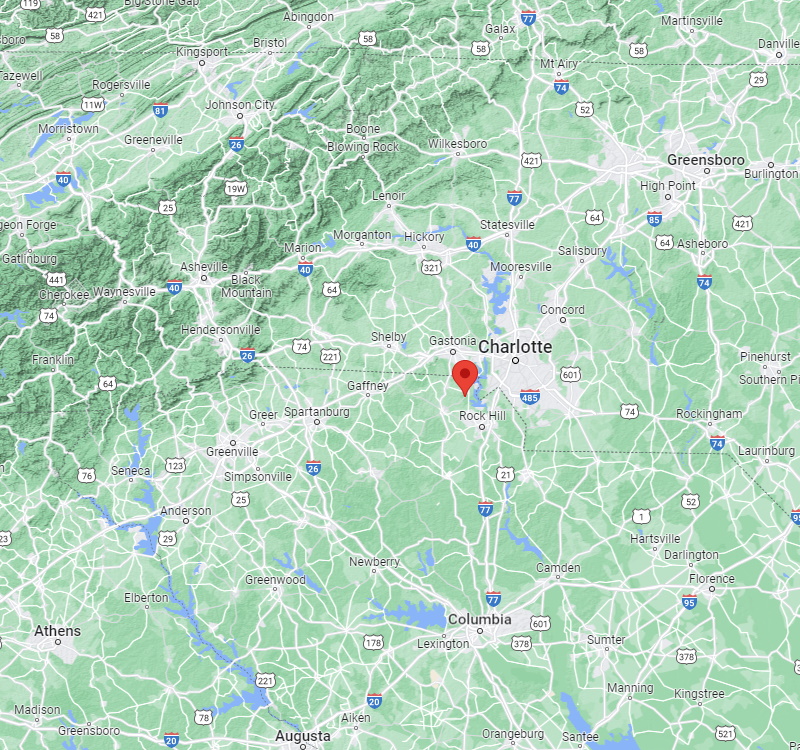
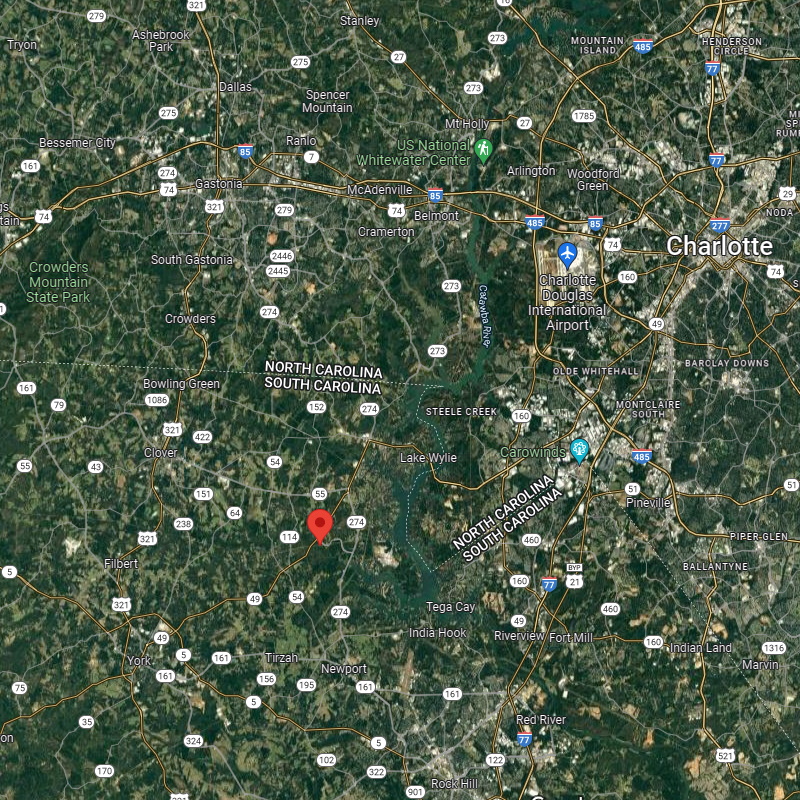
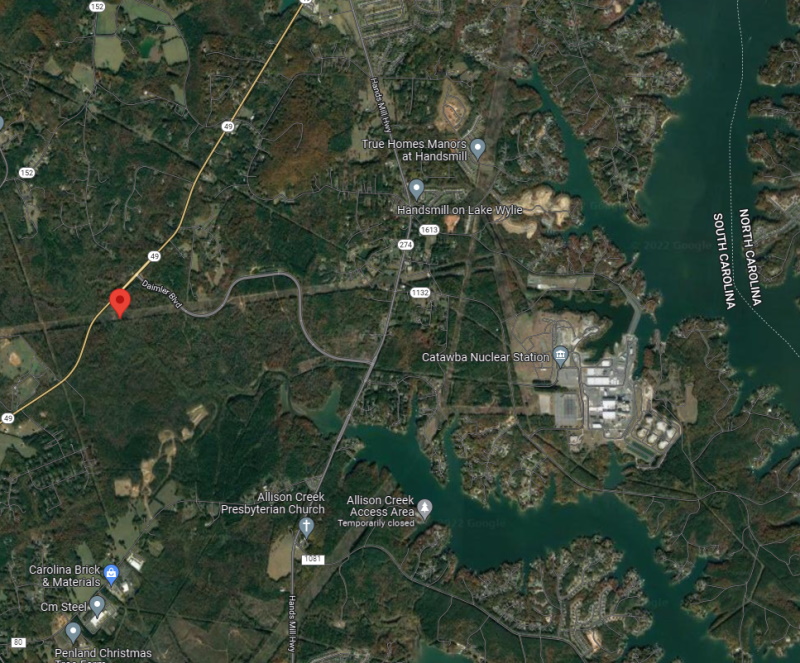
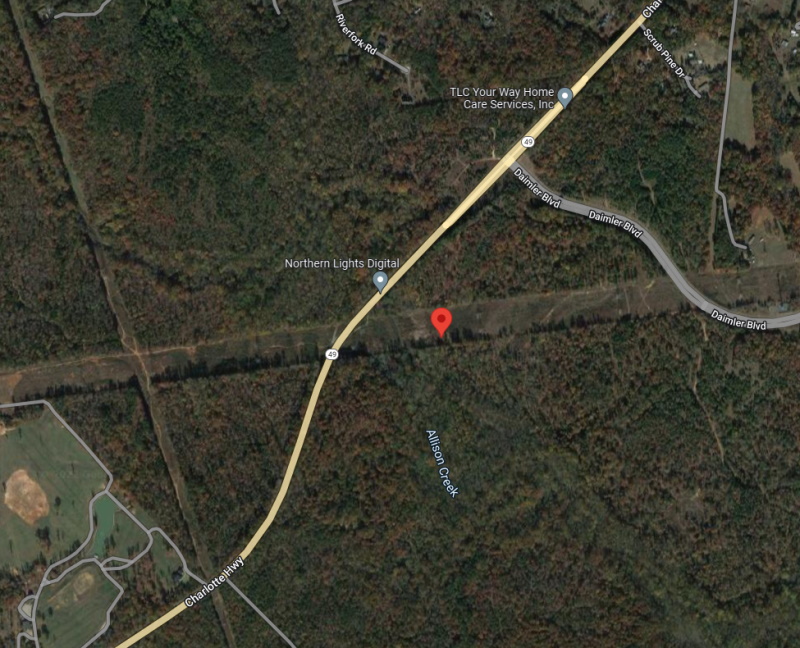
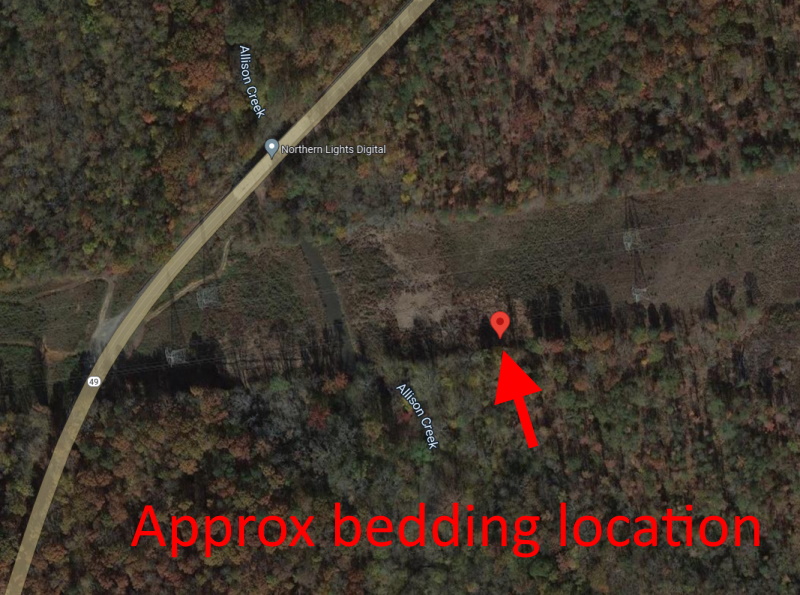
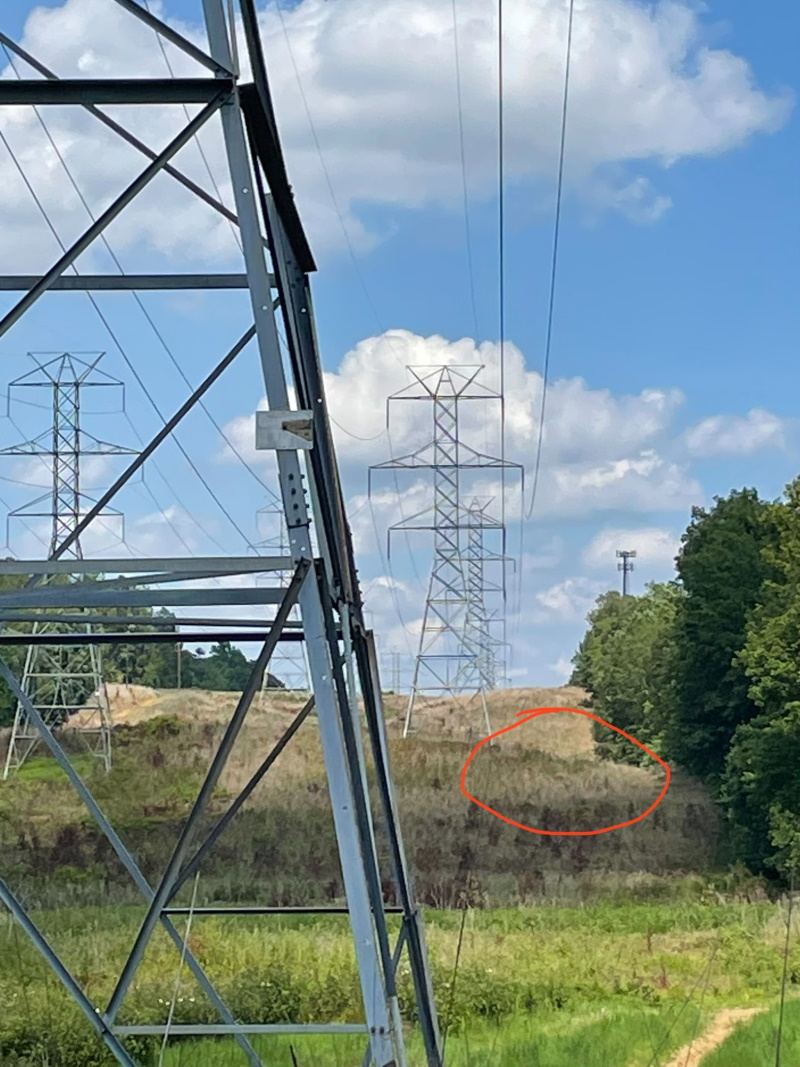
About BFRO Investigator Matthew Moneymaker:
Matthew Moneymaker is originally from the Los Feliz District of Los Angeles, California.
- Bachelor of Arts in English Literature from the University of California at Los Angeles (UCLA).
- Juris Doctorate (Law degree) from University of Akron School of Law
- Founder of the Bigfoot Field Researchers Organization,1995.
- Writer and co-producer of the Discovery Channel documentary "Sasquatch: Legend Meets Science", 2001.
- Co-producer of the TV Series "Mysterious Encounters" for the Outdoor Life Network (OLN Channel), 2002.
- Producer of the "2003 International Bigfoot Symposium" (Willow Creek Symposium) DVD set, 2004.
- Co-host of "Finding Bigfoot" on Animal Planet Channel, 2010 - 2017.
- Current Director of the BFRO
- Available for private bigfoot expeditions and conferences. To inquire please email ContactUS@BFRO.net

|

























